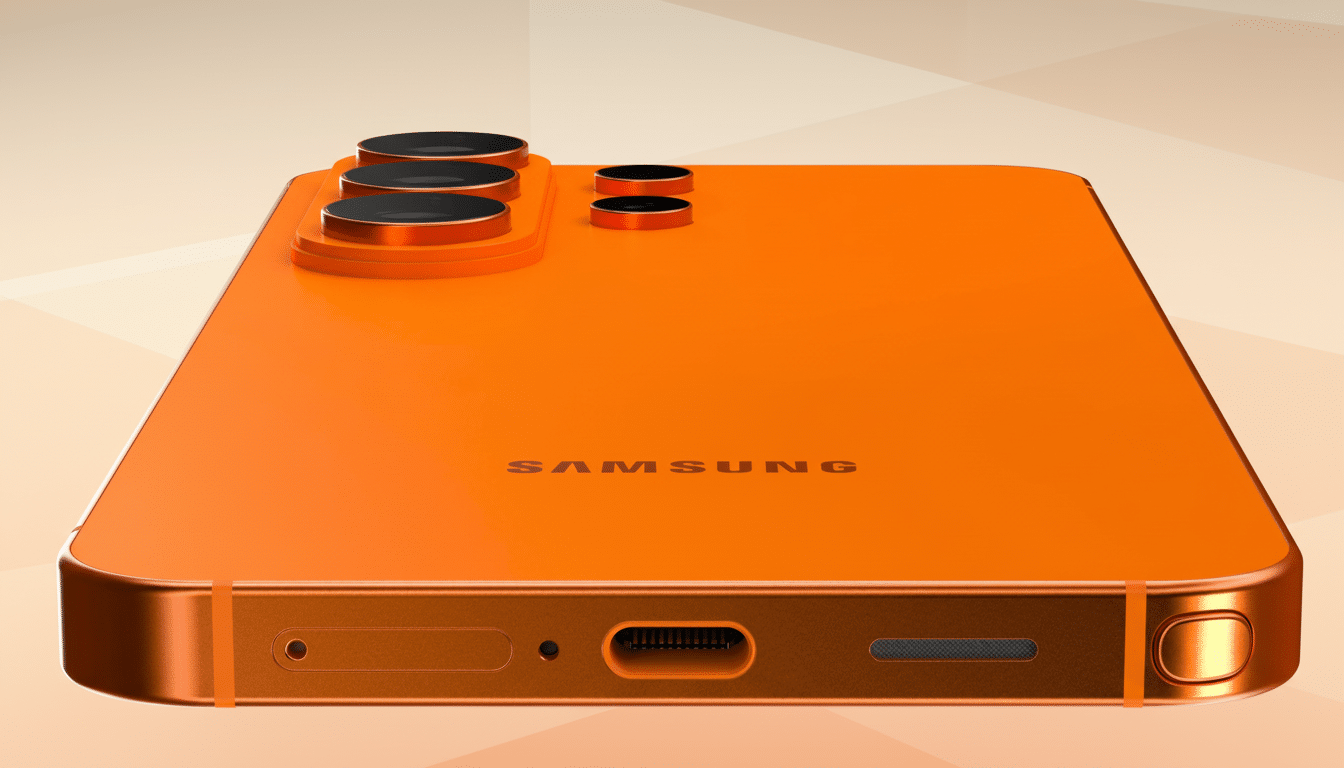If you were hoping for a total camera overhaul in the next Samsung Ultra, go ahead and temper expectations. Now, a new leak has revealed that the Galaxy S26 Ultra is set to reuse most of its current imaging stack, with only one relatively minor tweak coming to the short telephoto camera.
What the latest Galaxy S26 Ultra camera leak claims
Tipster chunvn8888 has posted a parts list that will sound somewhat familiar to Samsung watchers. The leak suggests a quartet we know already: 200MP ISOCELL HP2 main camera, 50MP ISOCELL JN3 ultrawide, the 5x periscope that is likely Sony’s IMX854, and a 12MP selfie (IMX874 this time).

- 200MP ISOCELL HP2 main camera
- 50MP ISOCELL JN3 ultrawide
- 5x periscope, likely Sony’s IMX854
- 12MP selfie (IMX874)
The only switch here seems to be the 3x telephoto; it moves from the longstanding 10MP sensor to a 12MP Samsung S5K3LD.
That 2MP increase might be minuscule on paper, but it may nonetheless offer slightly more granular detail at midrange zoom points and give in-sensor crop a bit more wiggle room while capturing 4K. That also puts a 10MP module that Samsung has used since the Galaxy S21 Ultra out to pasture, a part that many fans have reckoned was due for an upgrade.
Small camera tweaks for S26 Ultra, not major overhauls
Leaker Ice Universe has made the uncorroborated claim that the S26 Ultra’s 200MP primary and 5x periscope cameras are to receive wider apertures. Even if sensor silicon remains the same, a larger aperture can help bring in light, lower ISO noise, and fine-tune autofocus even in darker scenes—subtle gains that often count more than raw megapixel numbers.
But the 200MP HP2 itself is no slacker. It usually bins 16-to-1 down to 12.5MP for regular shots and can swap in a 4-to-1 version that delivers even more detail at up to 50MP. If Samsung does combine wider apertures with updated noise models and that multi-frame fusion, you could potentially notice significantly better low-light results without a fancy new sensor to boast about.
Competing pressures and the broader smartphone market context
Bucking for refinement, Samsung faces competition swinging louder on hardware. Vivo’s X100 Ultra sports a 200MP periscope, Oppo’s Find X7 Ultra features two periscopes and therefore more even zoom, and Xiaomi’s 14 Ultra leans on a nearly 1-inch primary sensor for improved dynamic range. Taken together, these moves paint a picture of Samsung playing it safe, at least when it comes to hardware.

That said, the brand has relied to a great extent on computational tuning to claim its victories in consistency and color balance from focal length to focal length. Review tests at independent labs often note Samsung’s reliable exposure and punchy detail in daylight, even as rivals bump up to a larger sensor. The question remains whether incremental hardware plus better algorithms will be enough to satisfy buyers who equate big upgrades with larger sensors.
Processor and video spec rumors for the Galaxy S26 Ultra
There’s also some noise around the imaging pipeline. The Exynos 2600 is said to be capable of 8K at 60fps recording, 14-bit RAW output, and about a 30% reduction in ISP power draw over the Exynos 2400, according to one rumor. Less ISP power would be a real win, allowing for longer high-res video takes before thermals kick in and cutting down on battery drain during long Night mode shots.
But Qualcomm’s apparent chip of choice for the other models, the Snapdragon 8 Elite Gen 5, doesn’t list support for 8K/60. Samsung has traditionally strived for feature parity between the Snapdragon and Exynos, so 8K/60 isn’t really going to be some kind of marquee feature even if Exynos could potentially do it. Anticipate the discussion to be much more about longevity, autofocus behavior, and HDR tone mapping than any new top-line video spec.
What to watch next as Samsung finalizes the S26 Ultra
All signs indicate a familiar playbook: polish the apertures and optics, upgrade the processing pipeline, and wring more out of proven sensors. Look for confirmation of the wider apertures, optical stabilization improvements on the 5x lens, and better zoom fusion at 3x to 10x—areas where software can meaningfully boost image quality without a sensor swap.
If these leaks are accurate, the S26 Ultra won’t be a spec-sheet fireworks display. But small changes can still make a real difference where it matters—in low light, video steadiness, and zoom sharpness. Shooters seeking the most radical hardware leap possible may have to look at rivals, but for lifelong Samsung photographers they’re likely to experience not a reinvention, but a steadier, smarter camera.

